When I first got into resin work, I had no idea what I was breathing, touching, or eating around. I was building in a small apartment, no respirator, pouring epoxy next to my dog’s food bowl. Looking back now, it’s wild—but I know I’m not the only one who started that way. So, if you’re wondering whether epoxy tables are toxic, here’s what I’ve learned after years of building them—and still using one as my actual dinner table.

What I Worried About in the Beginning
I had a ton of questions at first:
- Is this stuff safe to be around?
- Will it harm pets or kids?
- Can I eat off it once it’s cured?
- And the biggest one—how do I know if I’m using the right kind of epoxy in the first place?
All valid questions. Especially when most resin labels read like chemistry textbooks.
What’s Actually in Epoxy Resin?
Here’s the simple version:
- Epoxy = Resin + Hardener → Chemical reaction → Hardened plastic
- That reaction releases heat and VOCs while it cures—that’s when it gets tricky
- Some brands include BPA, BADGE, and solvents that off-gas before full cure
- Once cured? Most epoxies are inert and non-toxic—but only if you use the right kind and let it fully cure

Is It Toxic While You’re Working With It?
Short answer: yes, it can be. I used to get headaches and burning eyes—assumed that was just part of the process. It’s not.
What I use now—every single time:
- Nitrile gloves
- A proper respirator (especially for big pours)
- Open windows and airflow with a fan
- A dedicated area far from pets, food, or bedrooms
Once I made those changes, the symptoms stopped. Huge difference.
Is Cured Epoxy Resin Safe?
Yes—once it’s fully cured (usually 5–7 days). After that, it’s solid, stable, and safe. You can eat on it, lean on it, or live with it daily.
If you’re building a kitchen table or serving board, look for FDA-compliant resins (21 CFR 175.300). That standard only applies to cured epoxy—not raw resin or hardener.
More on this in Are Epoxy Tables Food Safe?

Would I Eat Off an Epoxy Table?
Absolutely—if I know the resin I used and gave it time to cure. I’ve built full kitchen islands and bar tops with resin, and I still use mine daily. No shortcuts.
What I Use for Safer Tables
- EcoPoxy FlowCast – bio-based, low odor, no VOCs
- Stone Coat Countertop Epoxy – FDA compliant once cured, great for thick builds
- ArtResin – best for art and smaller pours, low-VOC and safe post-cure
I always check the Safety Data Sheet before trusting anything near food.

What to Avoid
- Resin that smells days after curing
- Off-brand or sketchy kits with no data sheets
- “Food safe” claims with no FDA reference
If it’s not transparent about ingredients or cure times, I skip it—especially for family or kitchen builds.
Want more on this? Check out The Epoxy Table Problems I’ve Actually Faced.
Tips That Helped Me Feel Safer in the Shop
- Gloves every time
- Respirator for mixing and pouring
- Cross-ventilation—even for small batches
- Full cure before sanding or sealing
- Never pour near pets or sleeping areas
- Don’t use expired resin—cures weird and can stay tacky

Final Thoughts: Is Resin Safe or Not?
It depends on how you use it. Uncured resin? Handle with care. Fully cured, quality epoxy? I trust it enough to serve food on it and live with it every day.
If you’re wondering how long your table will hold up over time, I’ve shared my take in How Long Does an Epoxy Table Last?
Thanks for taking the time to read—I really appreciate it. I hope something in my process (or my mistakes) helps you along the way. If you want a custom piece or hit a wall building your own, feel free to drop a comment or reach out—happy to help. Have a blessed day!
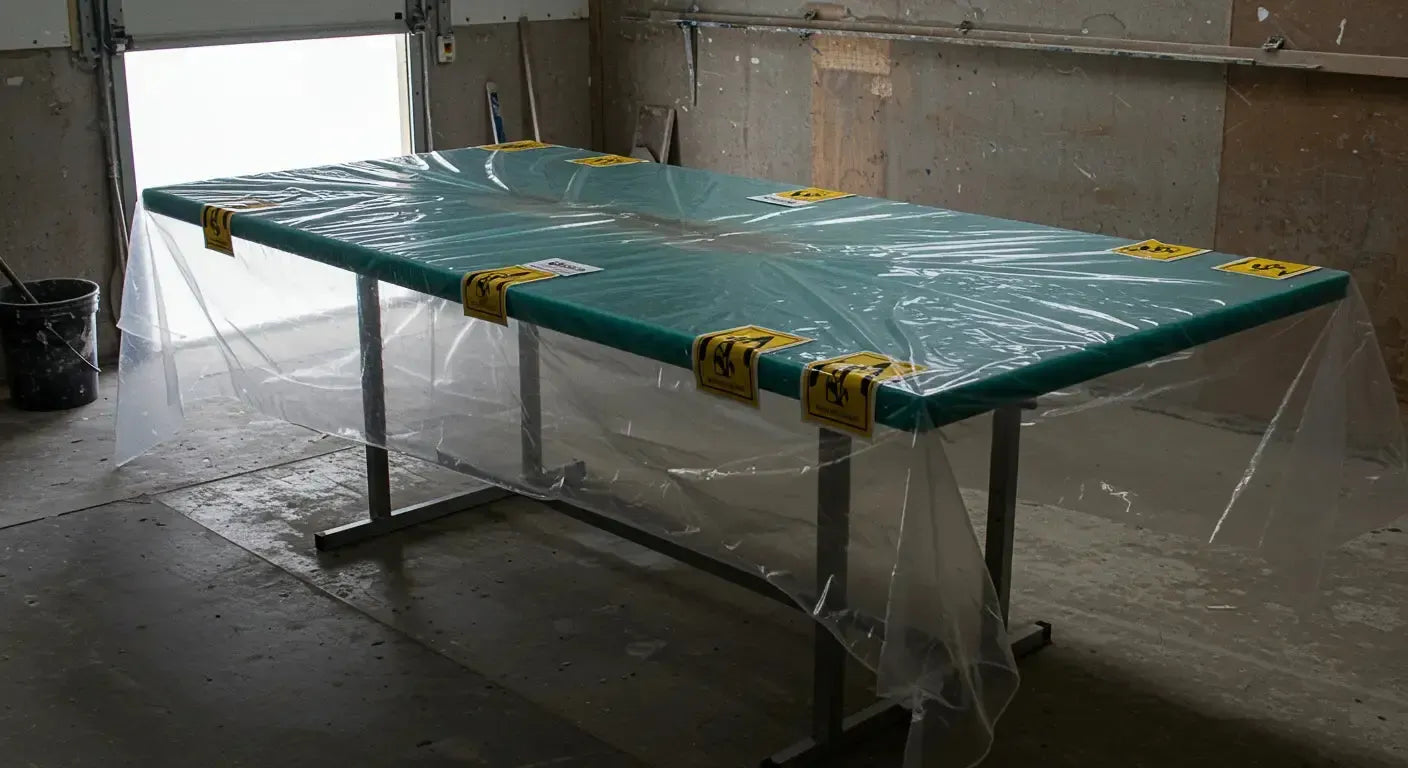
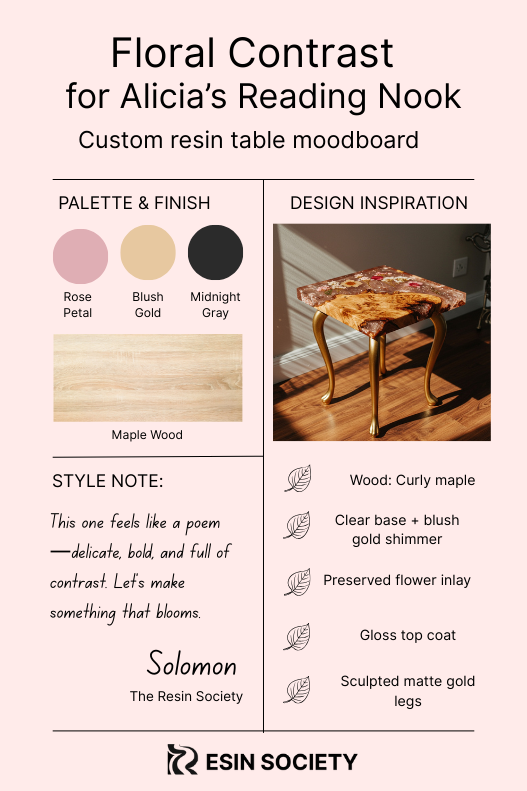
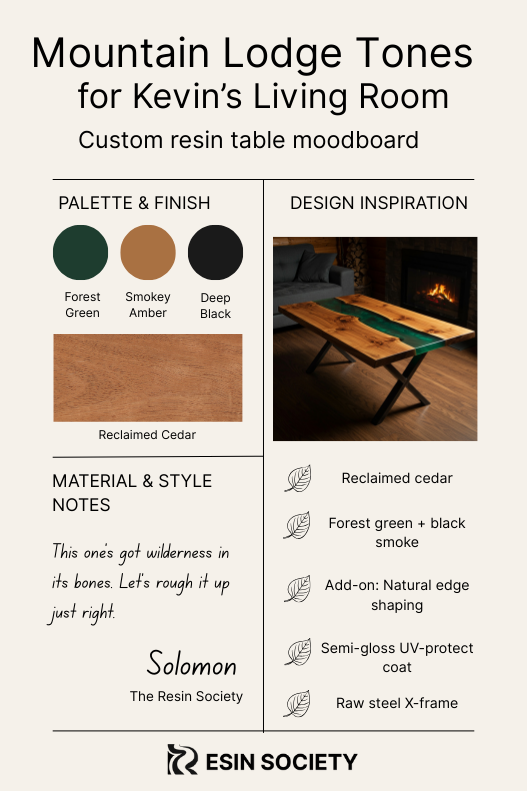
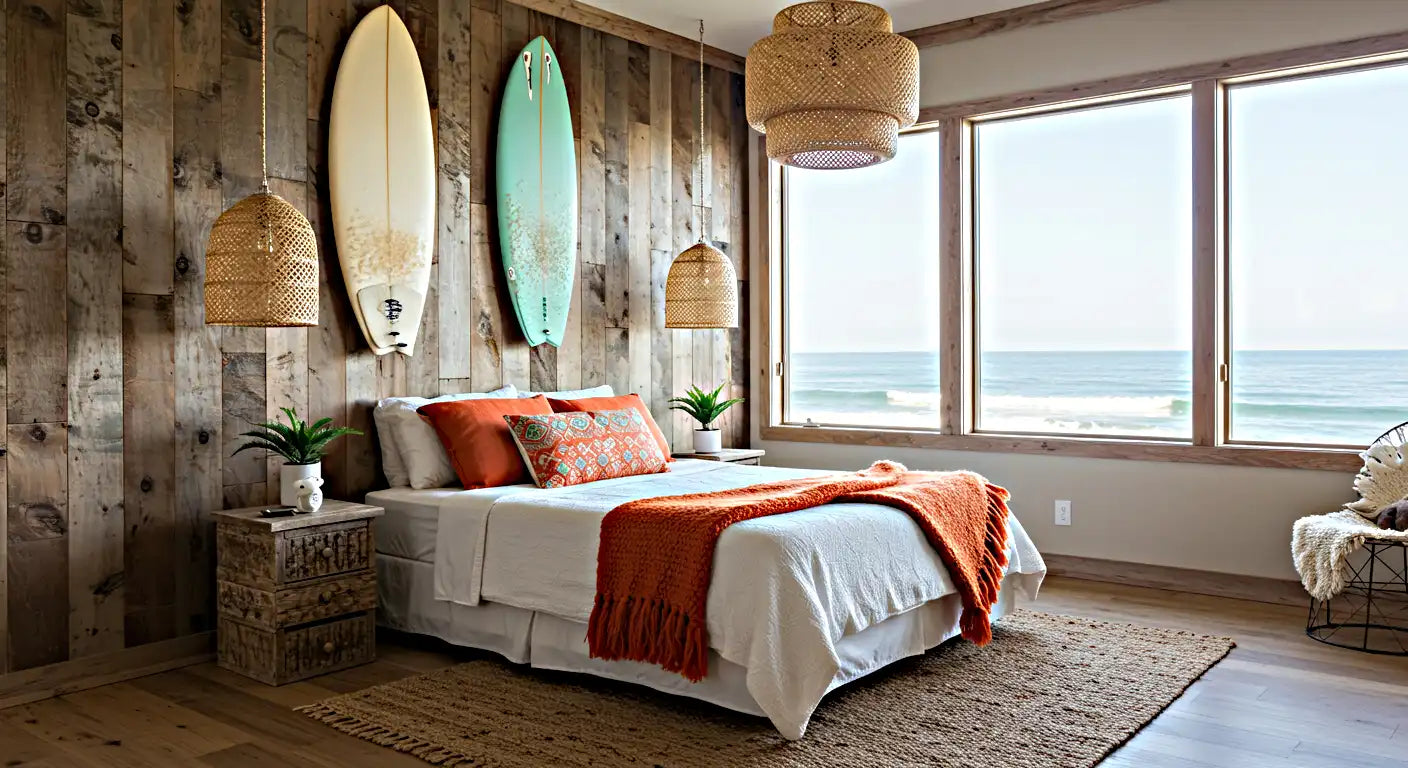

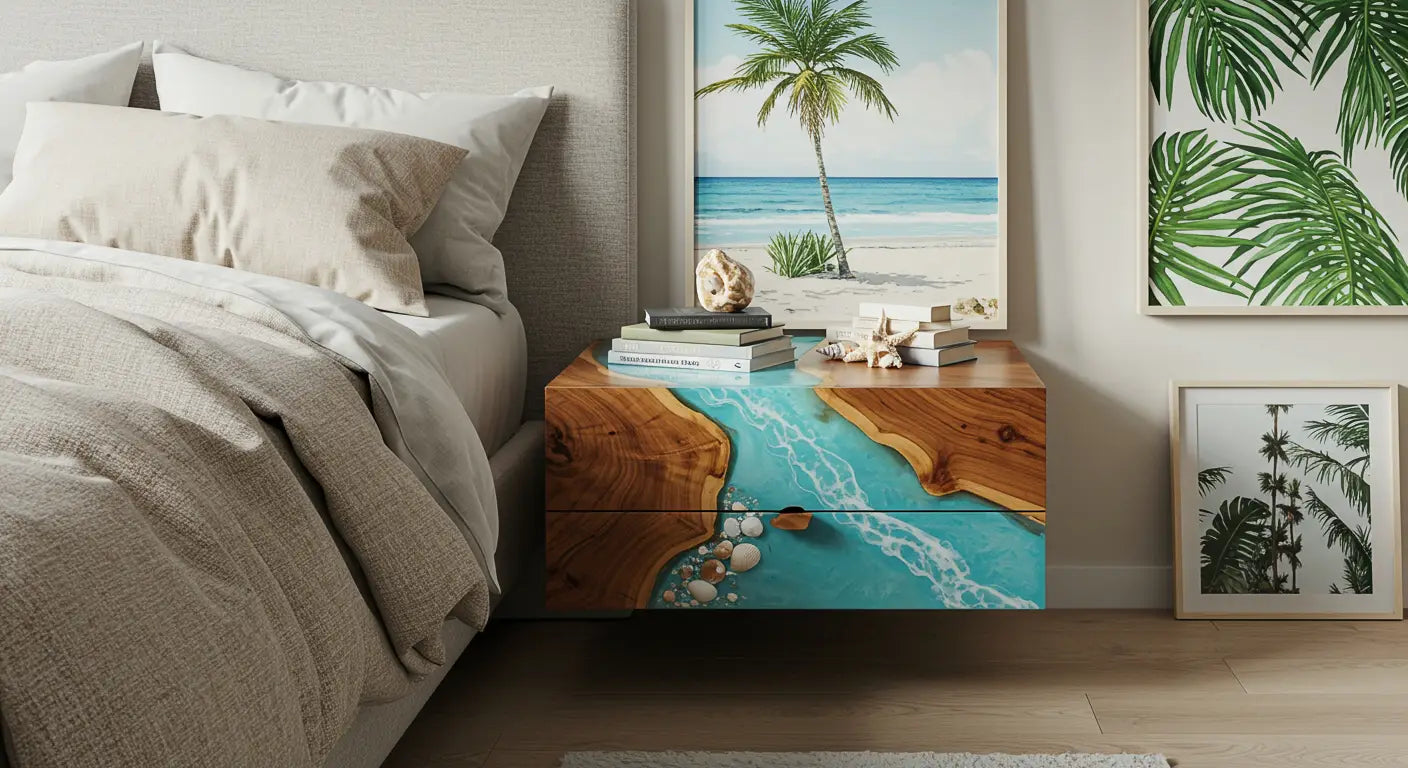
Share: